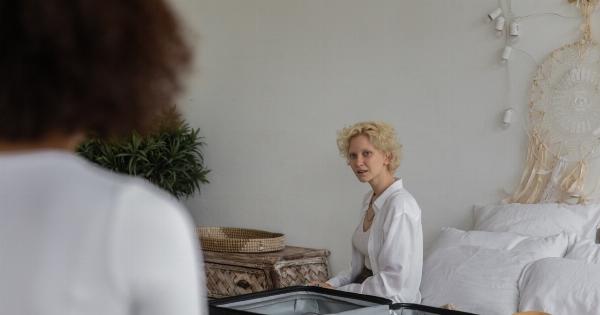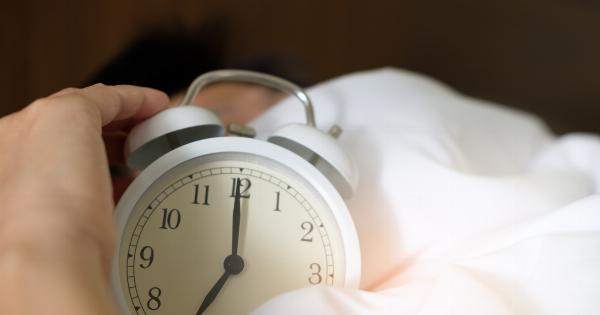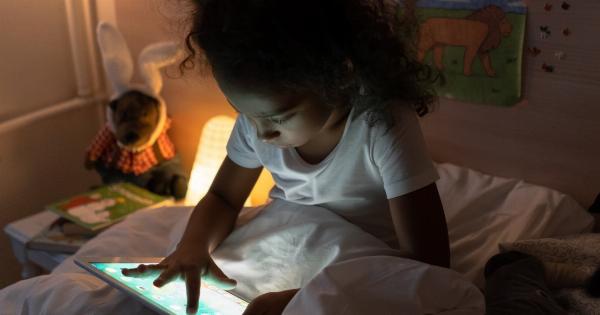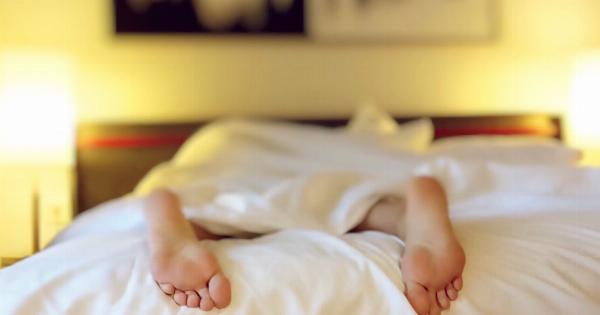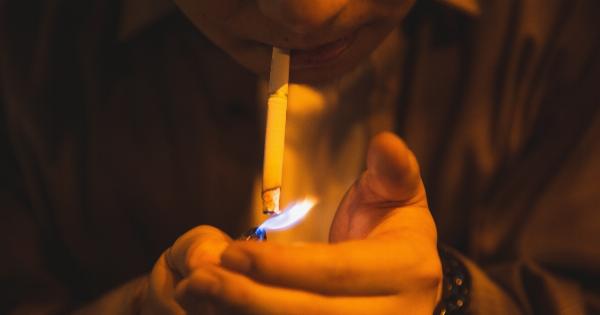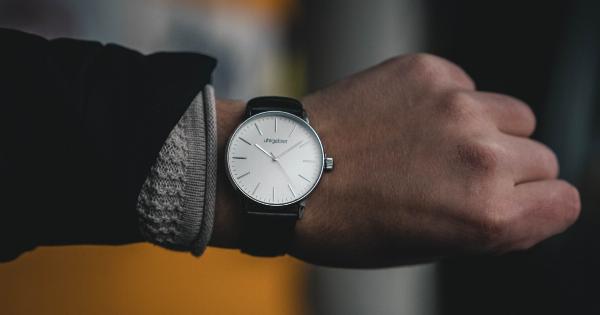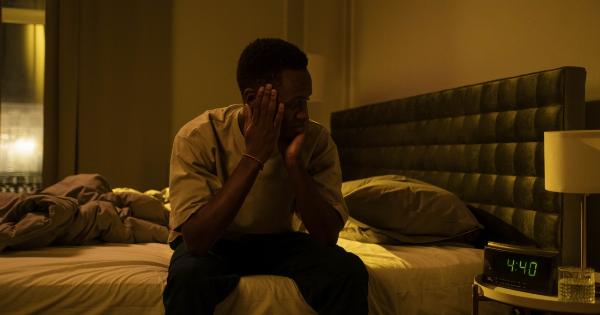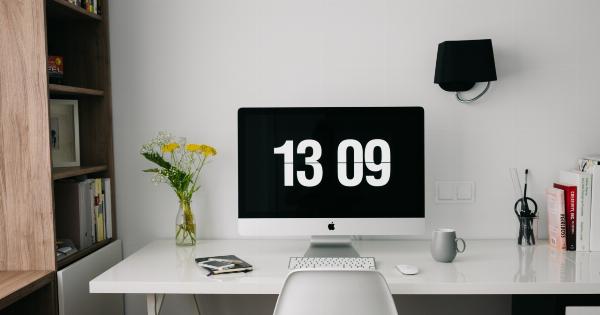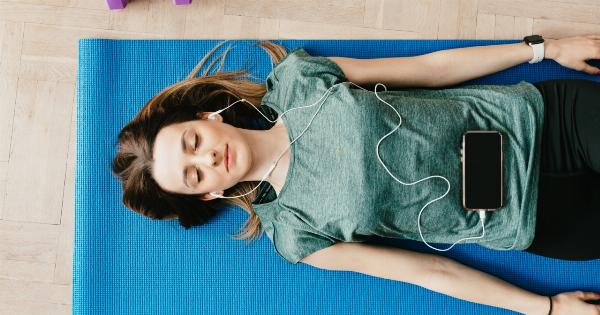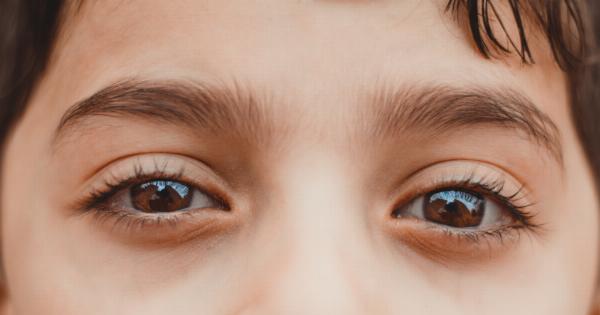Blue light is a common phenomenon in our modern world. Whether it’s emitted from our smartphones, laptops, or LED lights, we have all heard about the potential harm it may cause.
However, recent scientific research has debunked many of the myths surrounding blue light and its alleged negative effects on our health. In fact, science confirms that blue light is safe for you. Let’s explore the research and shed light on this often-misunderstood topic.
The Basics: What is Blue Light?
Before diving into the research, it’s essential to understand what blue light is. Blue light is a type of visible light that has a relatively short wavelength but high energy.
It is naturally emitted by the sun and plays a crucial role in regulating our sleep-wake cycle, also known as our circadian rhythm. Additionally, our digital devices and artificial lighting sources emit blue light, especially those with LED screens or bulbs.
Debunking the Myths: Blue Light and Eyestrain
One of the most common concerns associated with blue light is eyestrain. Many people believe that excessive exposure to blue light from screens can cause discomfort, dryness, and fatigue in the eyes.
However, several scientific studies have provided evidence to the contrary.
A study published in the journal “Ophthalmic & Physiological Optics” found no significant difference in the symptoms of eyestrain between participants exposed to blue light compared to those exposed to yellow light.
Additionally, the American Academy of Ophthalmology states that there is no scientific evidence to support the idea that blue light from screens causes eye damage or eyestrain.
Moreover, our eyes are naturally equipped to handle blue light. The cornea and lens within our eyes effectively filter out harmful ultraviolet (UV) radiation while allowing beneficial visible light, including blue light, to pass through.
This natural filtering mechanism protects the delicate structures of our eyes.
Blue Light and Sleep Disruptions
Another concern regarding blue light is its alleged negative impact on sleep quality. It is believed that exposure to blue light, especially at night, supresses the production of melatonin, a hormone that regulates sleep and wakefulness.
However, recent research has shed new light on this topic.
A study published in the journal “Applied Ergonomics” investigated the effect of evening blue light exposure on sleep quality.
The researchers found that the impact of blue light on sleep depends largely on individual factors, such as personal sensitivity. While some participants experienced slightly delayed melatonin release, the overall impact on sleep quality was negligible.
Furthermore, the importance of blue light for our sleep-wake cycle cannot be overlooked. Exposure to blue light during the day helps set our internal body clock, promoting alertness and improving cognitive functions.
Limiting blue light exposure during the evening might be useful for individuals with sleep disorders, but for the general population, moderate exposure to blue light from screens is unlikely to disrupt sleep.
Blue Light and Macular Degeneration
Macular degeneration is a leading cause of vision loss, and some early studies suggested a connection between blue light exposure and an increased risk of this condition.
However, more recent and comprehensive research has provided a different perspective.
A study conducted by the National Institute of Environmental Health Sciences found no significant association between blue light exposure and the development of age-related macular degeneration (AMD).
In fact, the study indicated that the amount of blue light we encounter in everyday life is within a safe range and does not pose a threat to our vision health.
Furthermore, the American Macular Degeneration Foundation states that there is no scientific evidence supporting the claim that blue light from screens or LED lights causes macular degeneration.
Other factors, such as genetic predisposition, age, and smoking, play a more significant role in the development of this condition.
Practical Tips for Blue Light Exposure
While blue light is generally safe, some individuals may still experience discomfort or disruptions due to prolonged exposure. Here are some practical tips to minimize any potential negative effects:.
1. Reduce Screen Brightness:
Lowering the brightness of your screens, especially during nighttime, can reduce the intensity of blue light emitted.
2. Use Night Mode:
Most electronic devices offer a “night mode” or “blue light filter” feature. Enabling this mode adjusts the color temperature of your screen, reducing blue light emissions.
3. Take Frequent Breaks:
Give your eyes regular breaks from screen time by following the 20-20-20 rule. Every 20 minutes, look at something 20 feet away for at least 20 seconds to reduce eye strain.
4. Consider Blue Light Filtering Glasses:
Specialized glasses with blue light filters can reduce the amount of blue light reaching your eyes. They are particularly useful for individuals who spend significant amounts of time in front of screens.
5. Limit Screen Time Before Bed:
Reducing screen time, especially in the hour before bed, can help signal to your body that it is time to wind down and prepare for sleep.
The Bottom Line
Contrary to popular belief, blue light is safe for you. Scientific research has debunked many of the myths surrounding blue light and its alleged negative effects on our health.
While excessive exposure to blue light may cause discomfort for some individuals, the vast majority can safely enjoy their daily screen time without significant concerns. Understanding the science behind blue light can help us make informed decisions and adapt our habits to minimize any potential discomfort or disruptions.




